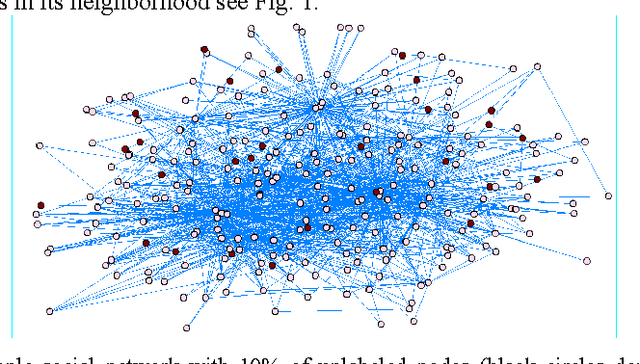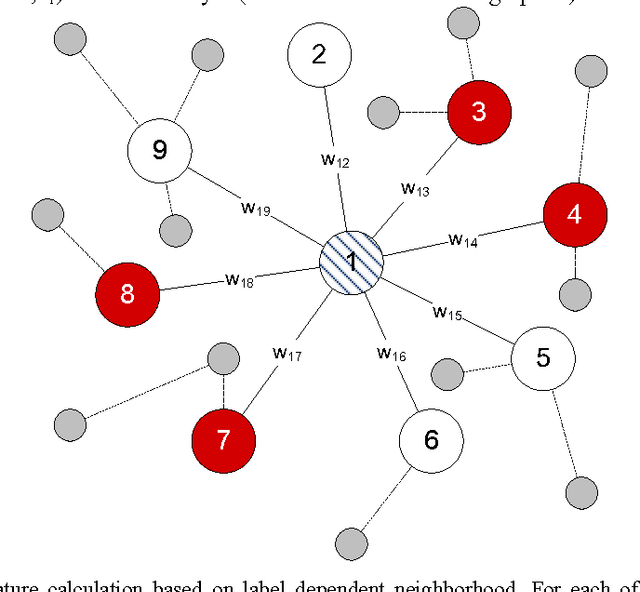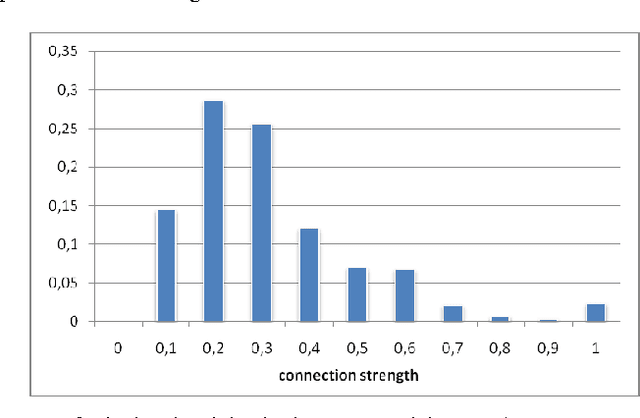Przemyslaw Kazienko
Self-training Large Language Models through Knowledge Detection
Jun 17, 2024Abstract:Large language models (LLMs) often necessitate extensive labeled datasets and training compute to achieve impressive performance across downstream tasks. This paper explores a self-training paradigm, where the LLM autonomously curates its own labels and selectively trains on unknown data samples identified through a reference-free consistency method. Empirical evaluations demonstrate significant improvements in reducing hallucination in generation across multiple subjects. Furthermore, the selective training framework mitigates catastrophic forgetting in out-of-distribution benchmarks, addressing a critical limitation in training LLMs. Our findings suggest that such an approach can substantially reduce the dependency on large labeled datasets, paving the way for more scalable and cost-effective language model training.
RWKV: Reinventing RNNs for the Transformer Era
May 22, 2023



Abstract:Transformers have revolutionized almost all natural language processing (NLP) tasks but suffer from memory and computational complexity that scales quadratically with sequence length. In contrast, recurrent neural networks (RNNs) exhibit linear scaling in memory and computational requirements but struggle to match the same performance as Transformers due to limitations in parallelization and scalability. We propose a novel model architecture, Receptance Weighted Key Value (RWKV), that combines the efficient parallelizable training of Transformers with the efficient inference of RNNs. Our approach leverages a linear attention mechanism and allows us to formulate the model as either a Transformer or an RNN, which parallelizes computations during training and maintains constant computational and memory complexity during inference, leading to the first non-transformer architecture to be scaled to tens of billions of parameters. Our experiments reveal that RWKV performs on par with similarly sized Transformers, suggesting that future work can leverage this architecture to create more efficient models. This work presents a significant step towards reconciling the trade-offs between computational efficiency and model performance in sequence processing tasks.
Label-dependent Feature Extraction in Social Networks for Node Classification
Mar 01, 2013



Abstract:A new method of feature extraction in the social network for within-network classification is proposed in the paper. The method provides new features calculated by combination of both: network structure information and class labels assigned to nodes. The influence of various features on classification performance has also been studied. The experiments on real-world data have shown that features created owing to the proposed method can lead to significant improvement of classification accuracy.
* feature extraction, label-dependent features, classification, social network analysis, AMD social network
 Add to Chrome
Add to Chrome Add to Firefox
Add to Firefox Add to Edge
Add to Edge